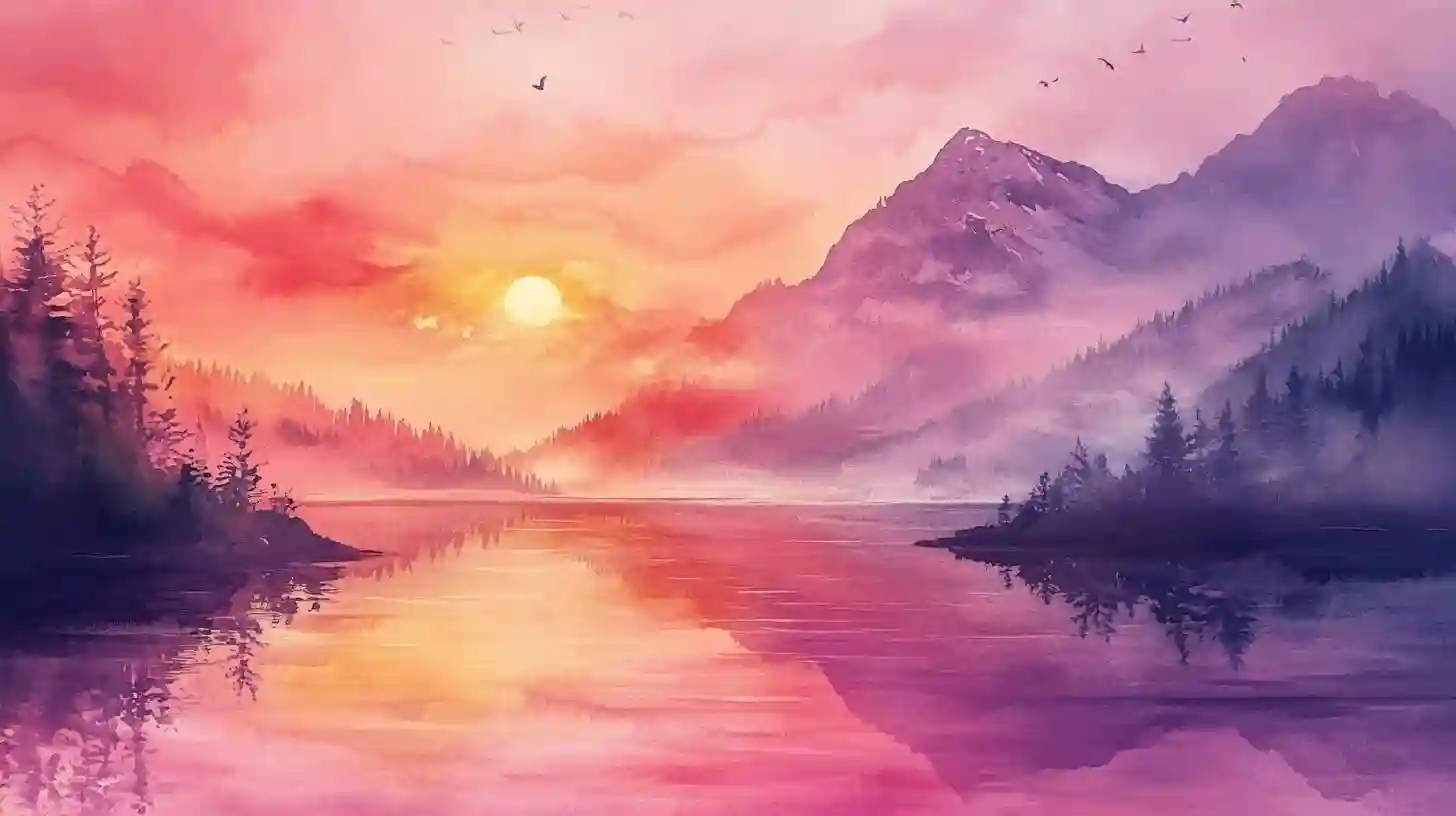
Watercolor painting is a captivating art form that allows artists to explore the interplay of light, color, and fluidity. Mastering this medium involves an understanding of various techniques that can enhance your creative expression. Learning from experts can accelerate your growth and refine your skills, as they offer insight into the nuances of watercolor that can make a significant difference.
One essential technique is the wet-on-wet method. This approach involves applying wet paint onto a wet surface, creating soft edges and fluid blends that can evoke a dreamy atmosphere. Artists typically begin with a wash of clean water over the paper, ensuring an even layer before introducing colors. This technique is ideal for backgrounds, skies, or areas where a blending effect is desired. Experts often experiment with varying levels of moisture, discovering how different amounts of water affect color diffusion. Observing how pigments interact on a wet surface can lead to unique discoveries, resulting in stunning visual effects.
Another fundamental method is wet-on-dry, where wet paint is applied over dry paper. This technique offers more control over detail and precision, allowing for sharper lines and defined shapes. When using wet-on-dry, artists can create contrasting textures, layering opaque colors on top of translucent ones. This technique is particularly effective for rendering intricate subjects such as flowers, animals, or architectural details. By mastering both wet-on-wet and wet-on-dry techniques, artists can achieve a versatile range of styles and effects.
Lifting is another valuable skill in watercolor painting. This technique involves removing paint from the paper to lighten areas or create highlights. Artists use clean water and a soft brush or sponge to gently lift color off the dry paper, revealing the white base underneath. This method can be particularly useful for correcting mistakes or adding detail after the initial wash has dried. Experts suggest practicing lifting on scrap paper to understand how much paint can be removed and the impact of different pressures. Knowing when to lift can add lightness to a composition, allowing it to breathe and engage viewers.
Gradation, or the smooth transition between colors, is crucial for creating depth and dimension in watercolor. Experts often advise artists to practice this by mixing two colors and gradually altering the balance as they paint. When creating gradations, controlling the amount of water used is essential. Adding more water results in lighter tones, while less water creates darker shades. This technique is particularly useful for painting skies, landscapes, and portraits. Achieving a seamless gradation can elevate a piece from ordinary to extraordinary, enhancing the sense of atmosphere and realism.
One cannot underestimate the importance of color mixing in watercolor painting. A fundamental understanding of how colors interact allows artists to create their palettes rather than relying solely on pre-mixed paints. Experts recommend starting with a color wheel to grasp primary, secondary, and tertiary colors. This knowledge aids in predicting how different hues will combine and can help prevent muddy results. Experimentation is key; artists should not be afraid to mix colors to discover new shades and tones. By learning to mix effectively, painters can develop a signature style that reflects their artistic identity.
Textural techniques, such as salt or plastic wrap, can further enrich a watercolor piece. Salt absorbs moisture and creates unique patterns as it reacts with wet pigment, resulting in mesmerizing textures reminiscent of natural elements like sand or stone. Plastic wrap can be used to create interesting shapes and marks when pressed onto wet paint, leaving behind a textured imprint as the paint dries. These experimental approaches often lead to unexpected results, offering a playful avenue for creativity. Experts encourage artists to embrace the unpredictable nature of watercolor, allowing for spontaneity and innovation in their work.
Finally, studying the fundamentals of composition is crucial for any painter. Understanding how to balance elements within a frame can drastically impact the viewer's experience. Experts often advise practicing with sketches and thumbnails, focusing on the placement of focal points, the flow of lines, and the interaction of light and shadow. Incorporating principles of design, such as contrast, harmony, and unity, can transform a well-painted piece into a compelling work of art. Recognizing how to guide a viewer's eye through a composition enhances storytelling and emotional resonance.
Engaging with tutorials, workshops, and peer reviews can also be beneficial. Learning from others provides opportunities to witness different styles and approaches, enriching one’s understanding of the medium. Many artists find that collaboration and feedback from peers can reveal blind spots and inspire new directions. Following a range of artists on social media platforms can expose one to diverse techniques and styles, fostering continuous growth and curiosity. Watercolor painting is a journey that thrives on exploration and innovation.